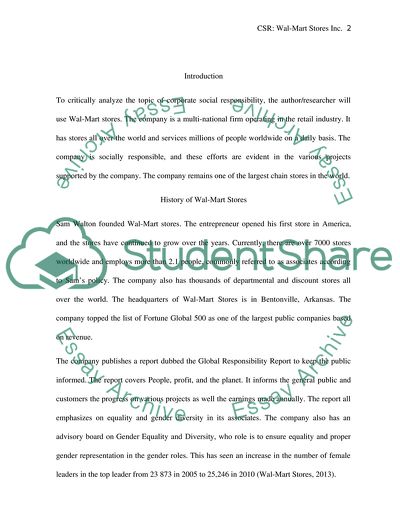Cite this document
(“Critical appraisal of company's CSR Essay Example | Topics and Well Written Essays - 3000 words”, n.d.)
Retrieved from https://studentshare.org/marketing/1684546-critical-appraisal-of-companyaposs-csr
Retrieved from https://studentshare.org/marketing/1684546-critical-appraisal-of-companyaposs-csr
(Critical Appraisal of company'S CSR Essay Example | Topics and Well Written Essays - 3000 Words)
https://studentshare.org/marketing/1684546-critical-appraisal-of-companyaposs-csr.
https://studentshare.org/marketing/1684546-critical-appraisal-of-companyaposs-csr.
“Critical Appraisal of company'S CSR Essay Example | Topics and Well Written Essays - 3000 Words”, n.d. https://studentshare.org/marketing/1684546-critical-appraisal-of-companyaposs-csr.


